McDonnell Douglas F-18 Hornet RAAF
Production Time 9 to 10 weeks
Shipment is by FedEx, UPS or DHL International Express Courier with a normal door-to-door delivery time worldwide of within 2-3 business days after dispatch. Due to the current volatility of world fuel prices, the amount mentioned here is our best estimate for DHL and UPS and may be subject to change at the time of shipping.

Model Description: McDonnell Douglas F-18 Hornet RAAF Wood Replica Scale Custom Jet Model
Manufacturer: McDonnell Douglas
Wingspan: 12.1 Inches (30.7 Centimeters)
Height: 4.7 Inches (11.9 Centimeters)
Scale: 1:40
$259.50
Production Time 9 to 10 weeks
-
United States dollar ($)
-
Pound sterling (£)
-
Euro (€)
-
Australian dollar ($)
-
Canadian dollar ($)
-
Singapore dollar ($)
-
Swiss franc (CHF)
-
Japanese yen (¥)
-
Danish krone (kr.)
-
Hong Kong dollar ($)
-
Norwegian krone (kr)
-
Swedish krona (kr)
-
United Arab Emirates dirham (د.إ)
General Product Description
Our PlaneArt McDonnell Douglas F-18 Hornet RAAF model exhibits unique, unrivaled quality and detailed design to come as close as possible to the accuracy of the actual plane. It comes as standard with a robust, durable base or stand which is available in a variety of different finishes designed to match your own personal requirements including solid wood, wood with polished metal supports or adjustable wood wall mount and will be ready within about 9-10 weeks from placement of order.
The McDonnell Douglas F-18 Hornet RAAF model is made of the finest kiln dried renewable mahogany wood (commonly known as Lauan or Meranti) which has undergone many stages of carving and meticulous and careful sanding giving the beautiful, finished museum quality masterpiece. Many collectors and model connoisseurs demonstrate their preference for genuine handmade and hand painted mahogany wood models rather than plastic or die cast (diecast) alternatives due to the overall look and totally different feel of the item - we trust you will find the same. We can however, if required produce the same model in Solid Cast Resin so just click and contact us for further information. Our craftsmen and gifted artisans ensure that our finely handcrafted model airplanes match the precise blueprint details of the original aircraft. The paint scheme, markings and parts are closely matched, reflecting the original aircraft. This stylish top-quality desktop replica model will surely enthrall anyone who receives this as a gift and for sure one of the most appropriate and desirably collectable gifts for any aviation enthusiast or avid military jet aircraft collector whilst also displaying a perfect resemblance to the actual real life version.
There are many types of military jet aircraft, but the basic types are bombers, fighters, fighter bombers, spotter planes, transporters, patrol aircraft, trainers, and reconnaissance and observation aircraft. All these types of aircraft are used for different types of missions. If you're a fan of historic or present-day military aviation, our model aircraft will bring the excitement and character of these aircraft right into your own home.
If you require, we can also make the McDonnell Douglas F-18 Hornet RAAF model in any other military, government or even private livery or colour scheme you require and if necessary, in a different size or scale. Just click here to contact us with a description or photographs of what you require, and we will let you have a quotation for the necessary customization by return email. We can also make bespoke scale replicas of any other private / civil commercial airliner or airliners, helicopter, glider, gliders with engines, military propeller, warplane jets, biplane, triplane, tail fin, spacecraft, rocket or NASA model you require in any airline, military or civilian livery or colors. We also produce model airships, blimps, dirigibles, blimps, boats, and ship collectibles. Wall plaque or seal for military, government or private customers. Again, by clicking here to contact us just let us know exactly what you need.
As you may or may not be aware the trade name and copyright permissions for this McDonnell Douglas aircraft are now under the ownership of the Boeing Company and as such, we are proud to be one of the very few international and fully licensed manufacturers of Boeing solid mahogany wood models. You may be interested to read more about the fascinating background to the famous aviation names now under the Boeing umbrella by clicking on the following “Officially Licensed Product” image below:
The McDonnell Douglas F/A-18 Hornet: A Cornerstone of the RAAF Fleet
The McDonnell Douglas F/A-18 Hornet has been a vital part of the Royal Australian Air Force’s (RAAF) capability for several decades. Introduced to enhance Australia’s air defense, the Hornet has served as a versatile, twin-engine, multi-role fighter jet capable of executing a variety of missions with agility and precision. This article delves into the Hornet’s contributions to the RAAF, its operational history, and the phased transition as newer technologies come into play.
Introduction to the F/A-18 Hornet:
Developed by McDonnell Douglas (now part of Boeing), the F/A-18 Hornet was initially designed in the 1970s to meet the needs of the United States Navy and Marine Corps. Australia chose the F/A-18A and F/A-18B variants for the RAAF in the early 1980s, with the aircraft officially entering service in 1985. This selection was aimed at replacing the aging Dassault Mirage III fighters, and it marked a significant upgrade in terms of capabilities including air superiority, ground attack, and multi-role operations.
Design and Features:
The F/A-18 Hornet is known for its distinctive design features such as its twin engines, which provide additional safety through redundancy, and its leading-edge extensions for enhanced aerodynamic performance. The aircraft is equipped with advanced avionics, including radar capabilities that allow for dual air and ground modes, and a wide range of weaponry options from air-to-air missiles to precision-guided munitions.
The Hornet’s design facilitates carrier-based operations, a feature that, while not utilized by the RAAF, underscores the plane’s robust adaptability and ruggedness. For the RAAF, the Hornet’s capability to rapidly switch from air-to-air combat to ground attack has been a pivotal advantage in maintaining operational flexibility.
Operational History with the RAAF:
Over its years of service with the RAAF, the F/A-18 Hornet has participated in numerous significant missions both domestically and internationally. Notable deployments include peacekeeping operations in East Timor, enforcement of no-fly zones in Iraq, and contributions to the US-led coalition in the Middle East.
The Hornet fleet has also been fundamental in bilateral and multilateral exercises with allies, honing interoperability and showcasing Australia’s defense capabilities on the global stage. These exercises have often included complex air combat training, which has been instrumental in maintaining pilot proficiency and tactical evolution.
Transition and Legacy:
The introduction of the more advanced F-35A Lightning II Joint Strike Fighter represents the next chapter in the RAAF’s air capabilities. The transition to the F-35A began in the late 2010s with the F/A-18 Hornets being gradually phased out. By 2021, several of the RAAF’s Hornets had been retired, with some sold to other countries and others destined for preservation in museums, reflecting their esteemed legacy.
The phase-out of the Hornet fleet does not detract from its significant contribution to the RAAF and Australian defense. Over its operational tenure, the F/A-18 has not only proven to be a reliable workhorse but has also played a crucial role in defining RAAF’s tactical and strategic air power.
Conclusion:
The McDonnell Douglas F/A-18 Hornet will be remembered as one of the most influential aircraft in the history of the Royal Australian Air Force. Its legacy will continue to influence RAAF operations and strategies, reflecting on its decades of service that spanned complex geopolitical landscapes and evolving military needs. As Australia shifts to the F-35A, the indelible mark left by the Hornet on the country’s military aviation history remains clear, underscoring its value and impact for years to come.
| Weight | 6 kg |
|---|---|
| Dimensions | 17 × 12.1 × 4.7 in |
Be the first to review “McDonnell Douglas F-18 Hornet RAAF” Cancel reply
Similar Models
Military Airplanes - Propeller
Military Airplanes - Propeller
Helicopters
Military Airplanes - Propeller
Military Airplanes - Propeller
Military Airplanes - Propeller
Military Airplanes - Propeller
Military Airplanes - Propeller
Military Airplanes - Propeller
Military Airplanes - Jet
Military Airplanes - Jet
Military Airplanes - Jet
McDonnell Douglas FA-18 Hornet Royal Australian Air Force RAAF
Military Airplanes - Jet
McDonnell Douglas FA-18 Hornet RAAF: Superior Aviation Mastery
Military Airplanes - Jet
Military Airplanes - Jet
Military Airplanes - Jet
McDonnell Douglas F-18 Hornet Royal Australian Air Force’s RAAF
Military Airplanes - Jet
Military Airplanes - Propeller
Military Airplanes - Jet
Military Airplanes - Propeller
Military Airplanes - Propeller
Military Airplanes - Propeller
Military Airplanes - Jet
Military Airplanes - Jet
Military Airplanes - Jet
Military Airplanes - Propeller
Military Airplanes - Propeller
Military Airplanes - Propeller
Military Airplanes - Propeller
Military Airplanes - Propeller
Military Airplanes - Propeller
Military Airplanes - Propeller
Military Airplanes - Propeller
Military Airplanes - Propeller
Military Airplanes - Propeller
Military Airplanes - Propeller
Military Airplanes - Propeller
Military Airplanes - Propeller
Military Airplanes - Jet
Military Airplanes - Jet
Military Airplanes - Jet
Military Airplanes - Jet
Military Airplanes - Propeller
Military Airplanes - Propeller
Military Airplanes - Propeller
Military Airplanes - Propeller
Military Airplanes - Propeller
Military Airplanes - Propeller
Military Airplanes - Propeller
Military Airplanes - Propeller
Military Airplanes - Propeller
Military Airplanes - Propeller
Military Airplanes - Jet
Military Airplanes - Propeller
Military Airplanes - Propeller
Military Airplanes - Propeller
Military Airplanes - Propeller
Military Airplanes - Propeller
Military Airplanes - Jet
Military Airplanes - Jet
Military Airplanes - Propeller
Military Airplanes - Propeller
Military Airplanes - Propeller
Military Airplanes - Jet
Military Airplanes - Jet
Military Airplanes - Jet
Military Airplanes - Jet
Military Airplanes - Jet
Military Airplanes - Jet
Military Airplanes - Jet
Military Airplanes - Jet
Military Airplanes - Jet
Military Airplanes - Jet
Military Airplanes - Jet
Military Airplanes - Jet
Military Airplanes - Jet
Military Airplanes - Propeller
Military Airplanes - Jet
Military Airplanes - Jet
Military Airplanes - Propeller
Military Airplanes - Propeller

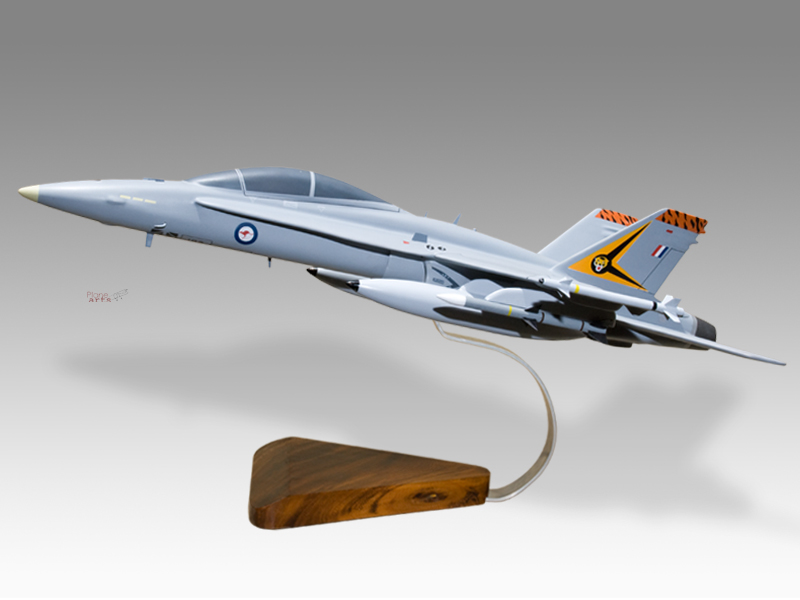
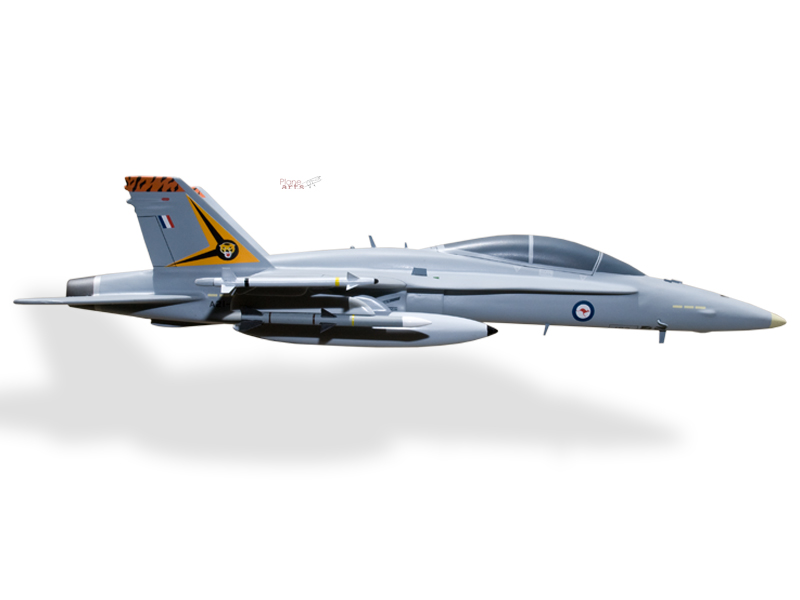
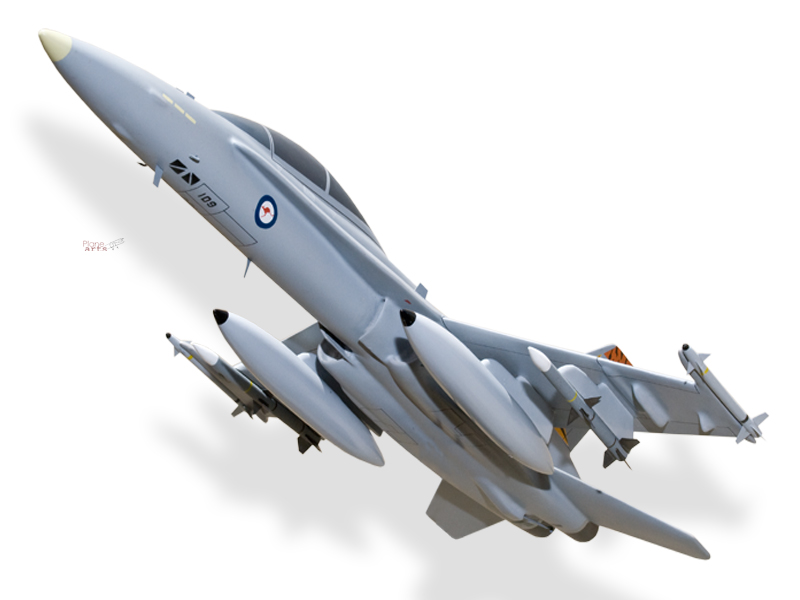


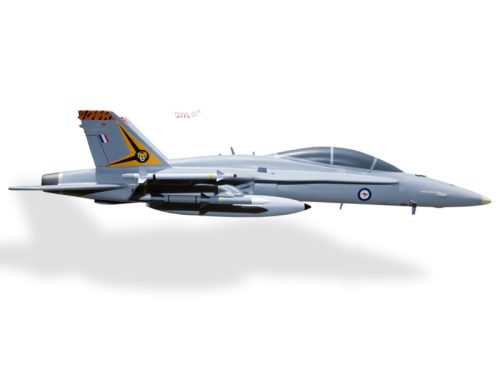
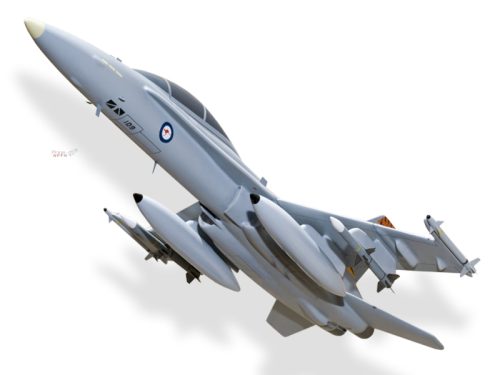
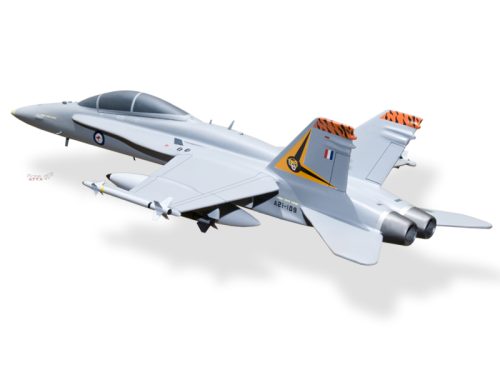
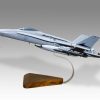
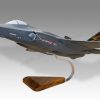

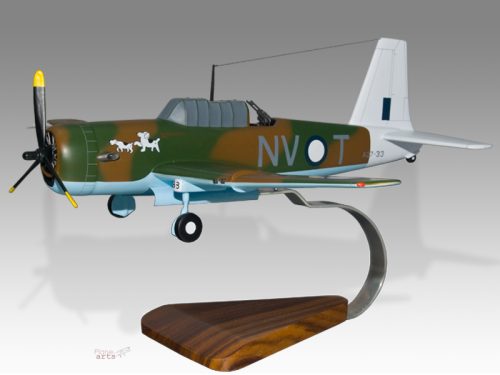


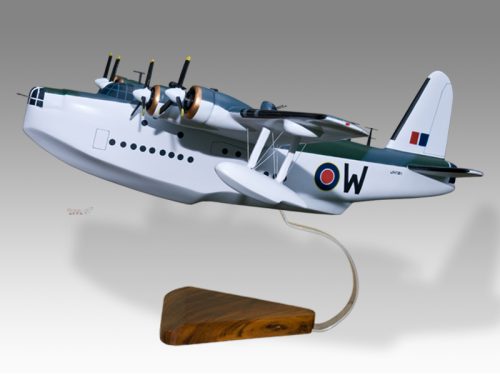
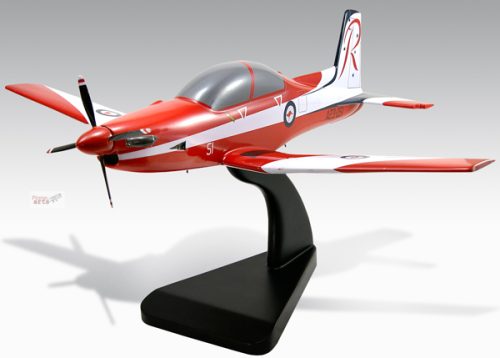
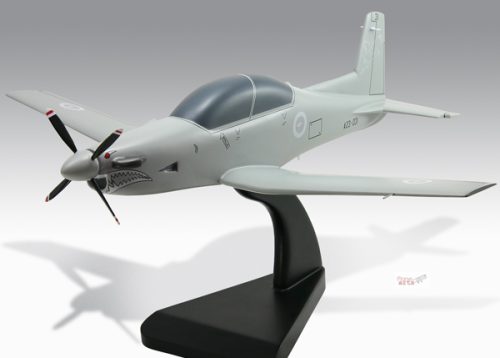
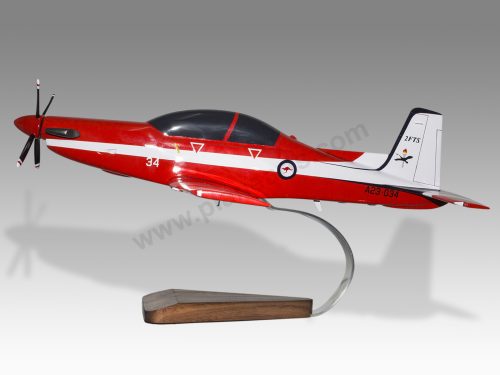
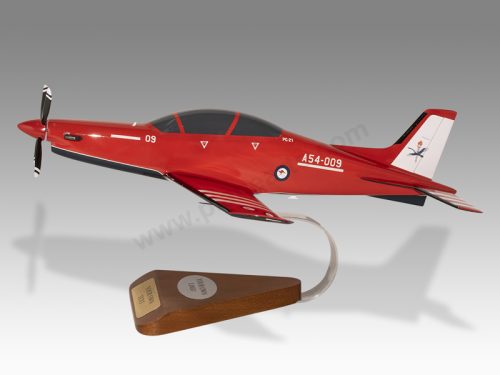
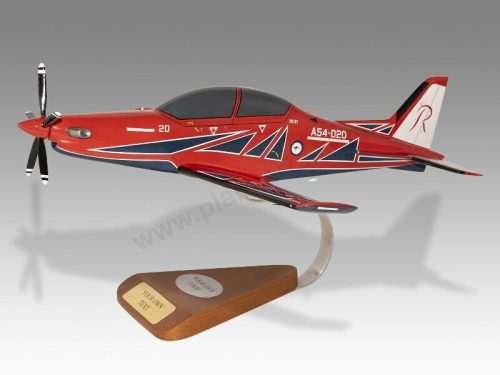


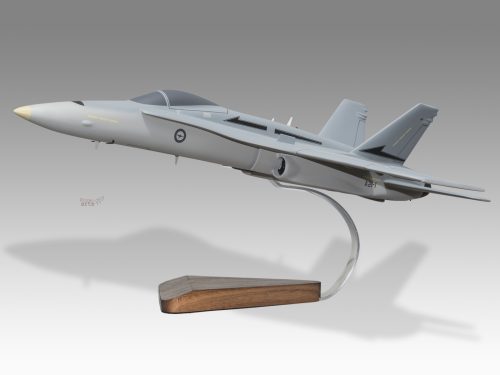
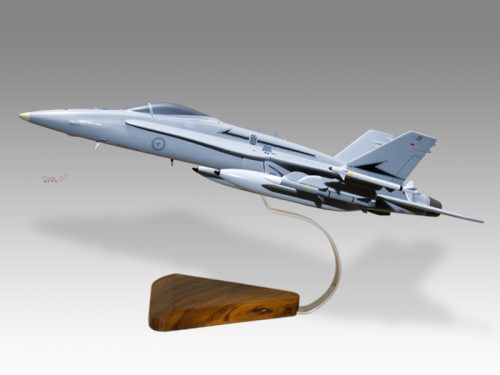

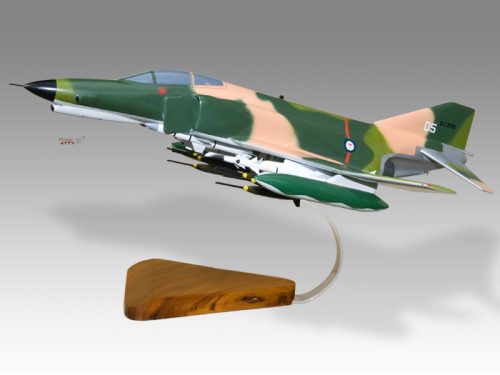
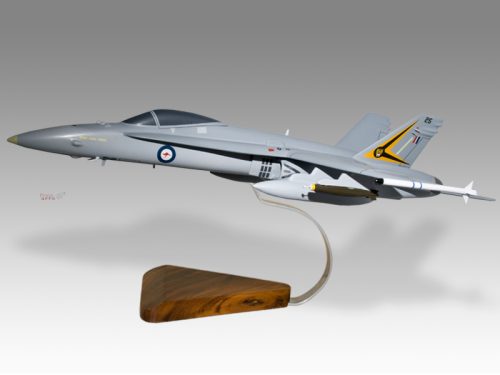
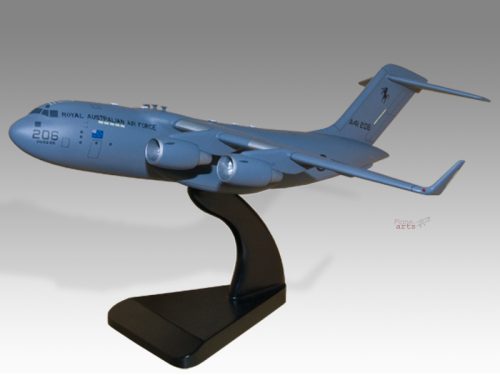
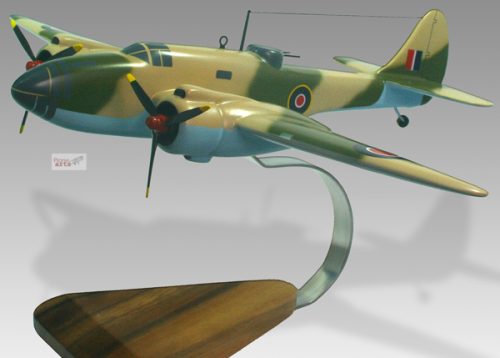

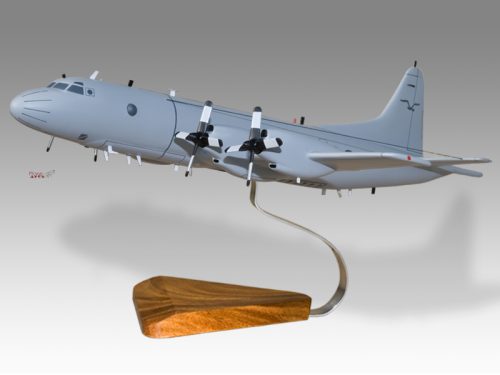
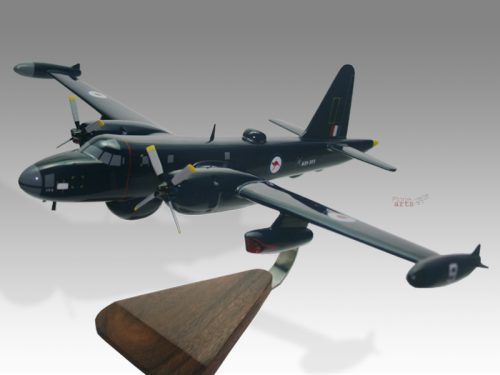
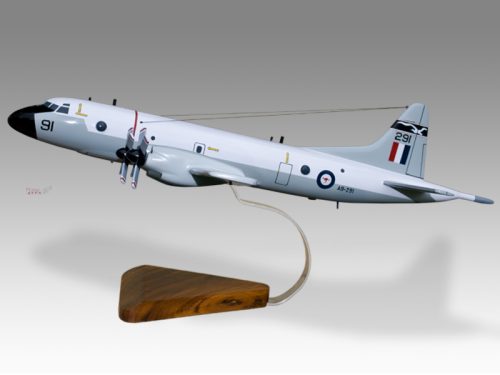
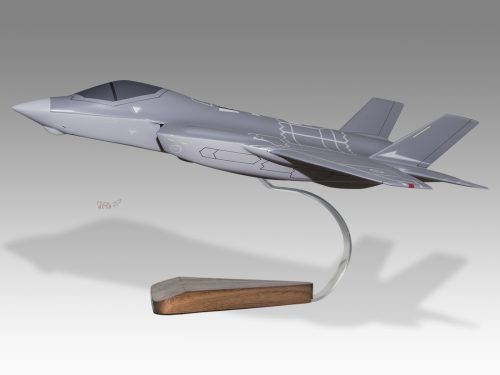
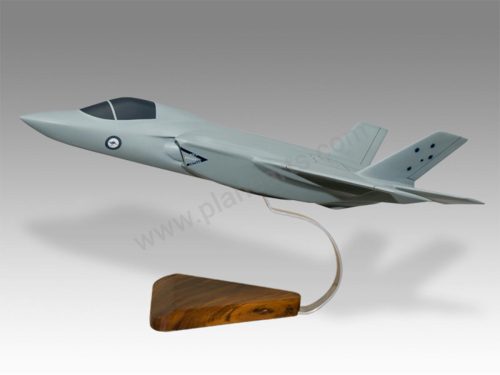
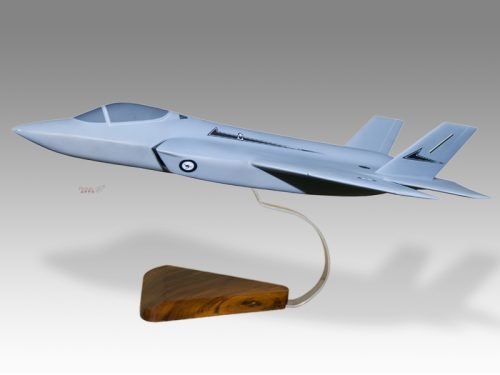
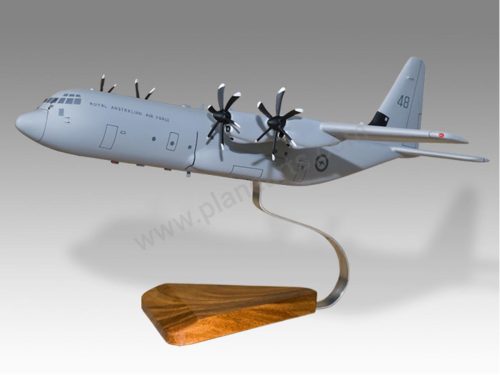


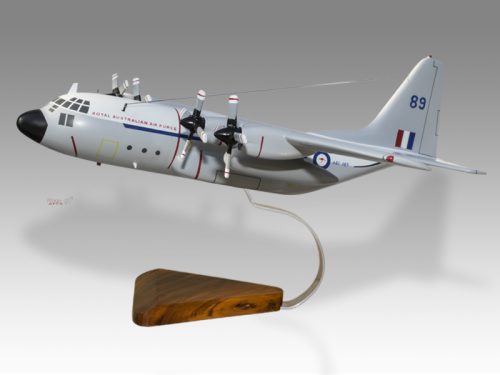
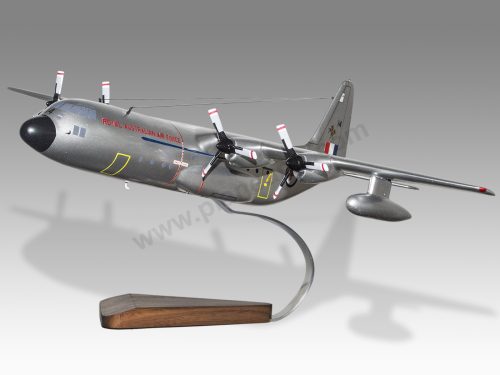
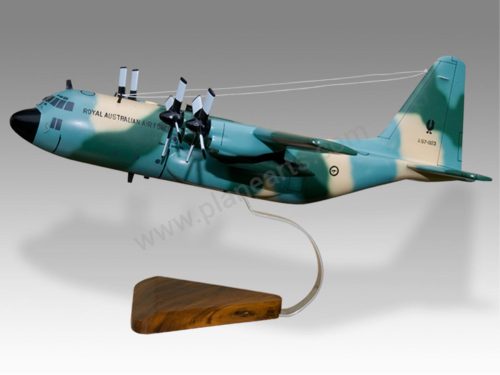
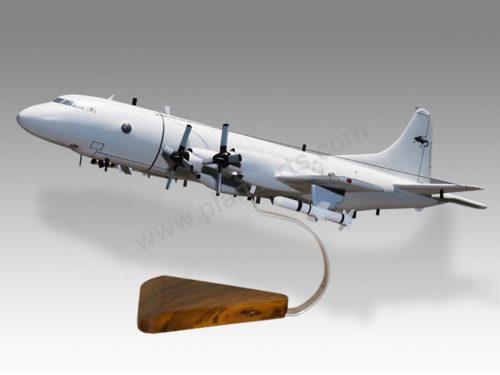
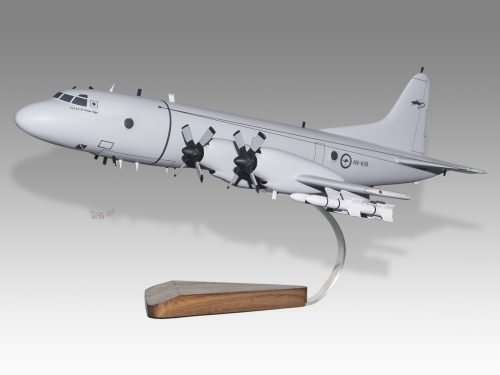
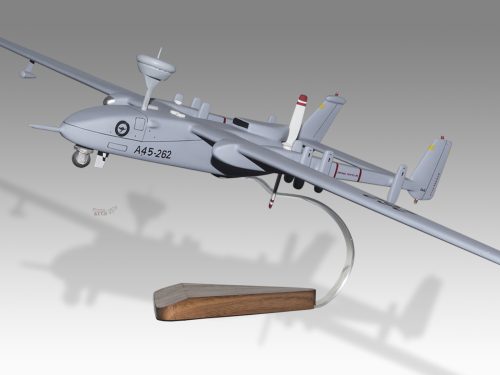

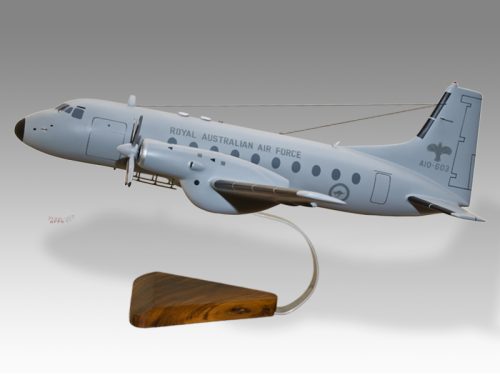
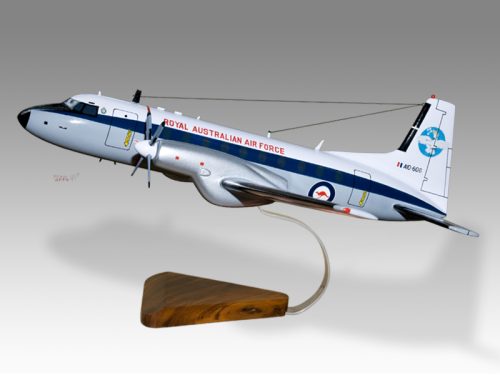

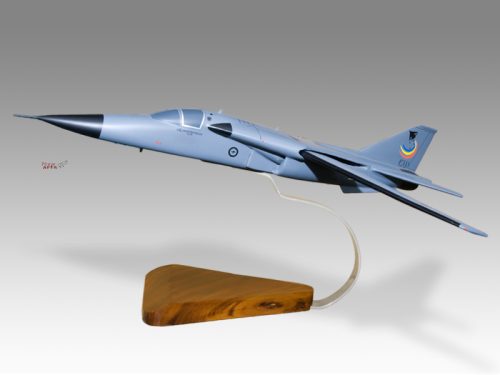
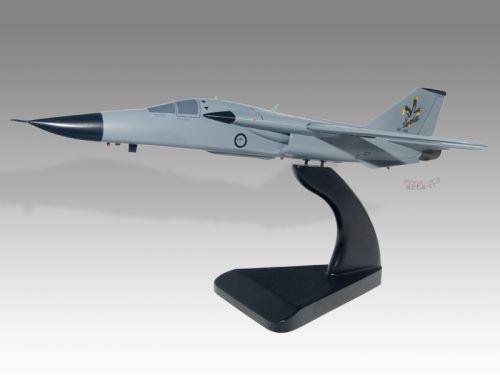
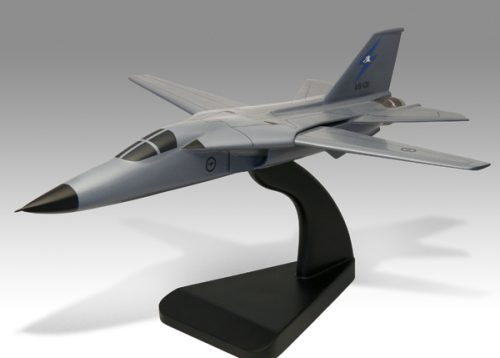
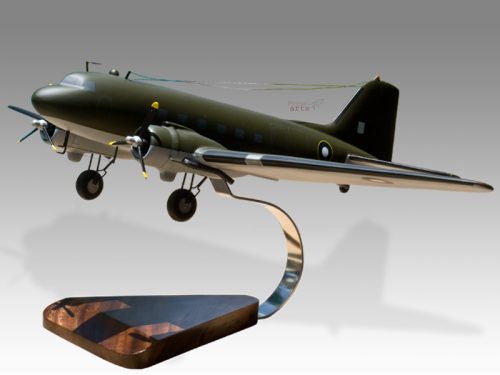




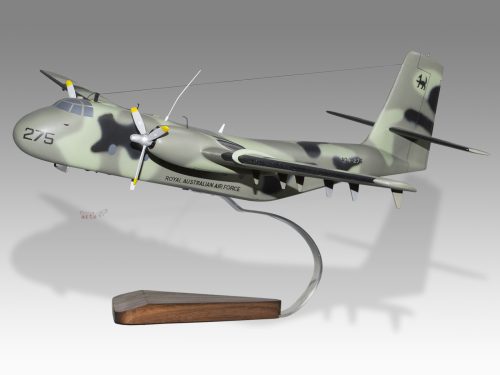
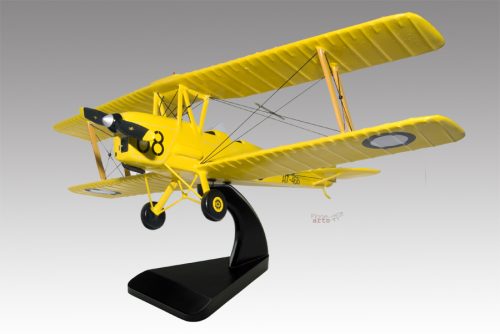
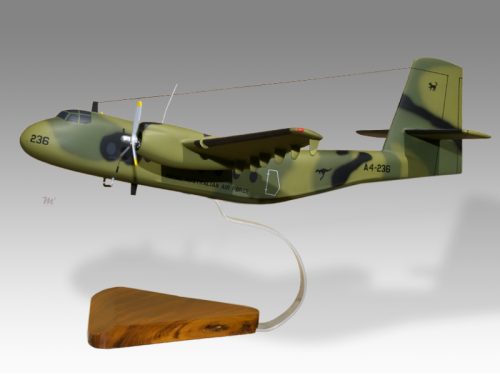
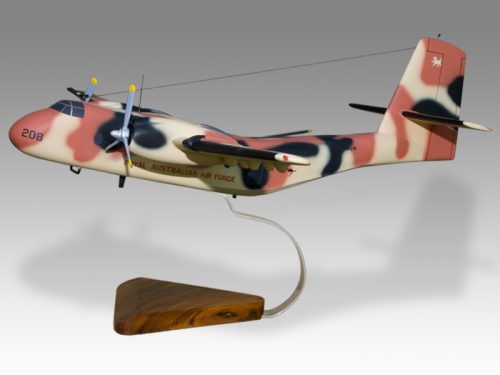
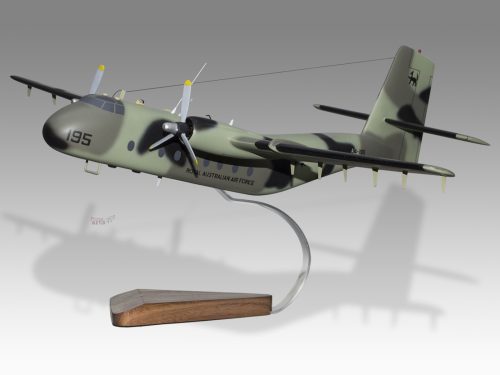
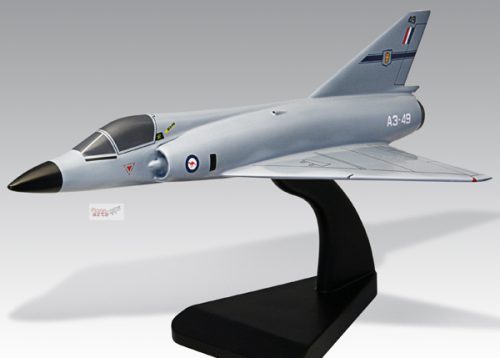

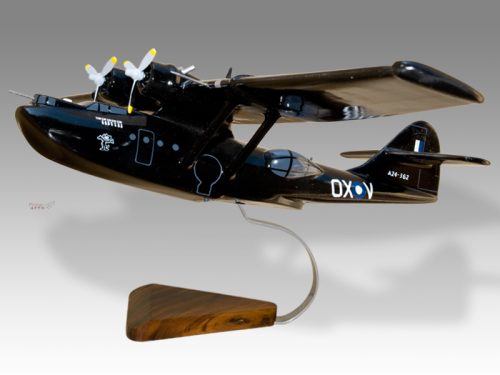
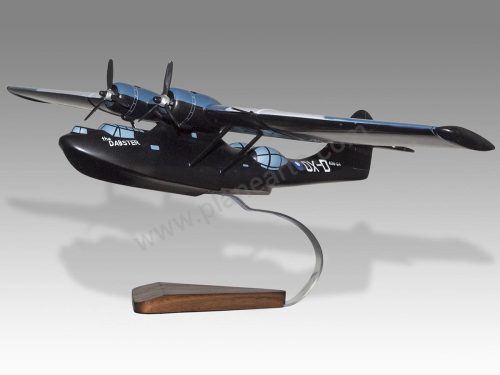
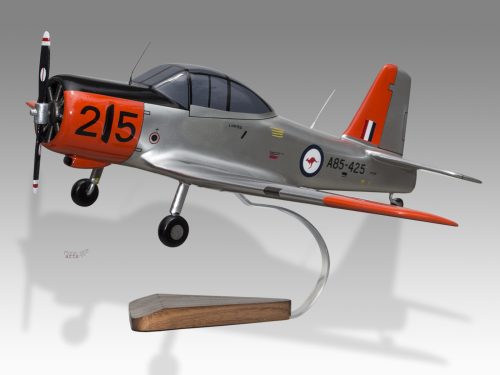

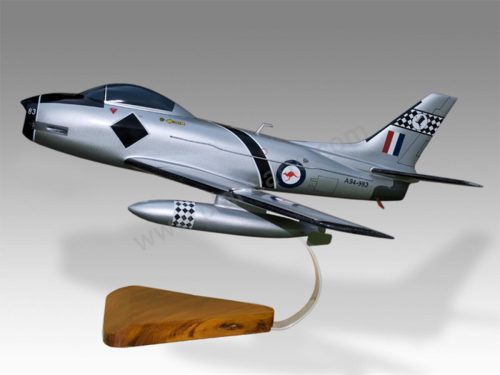
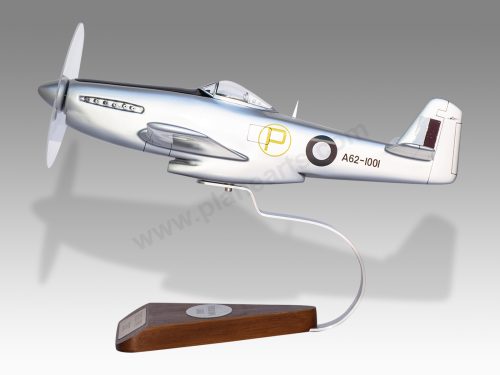

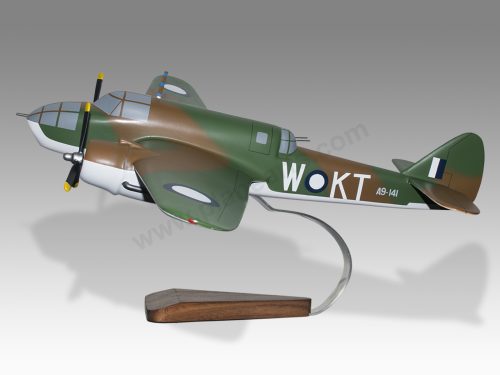

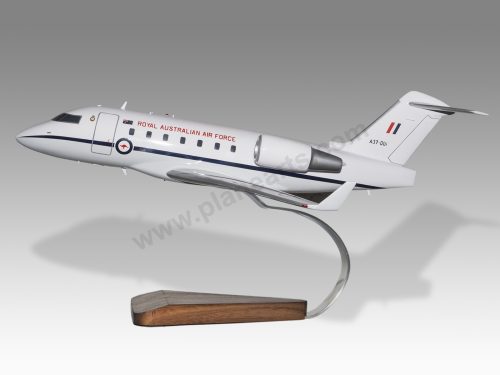



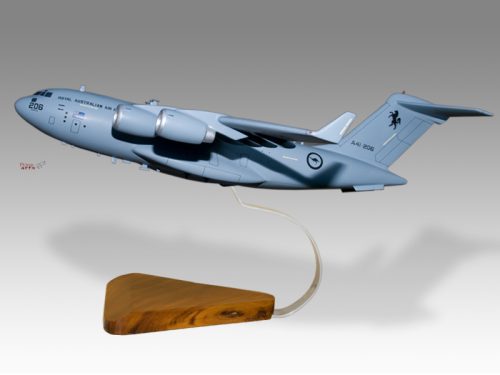
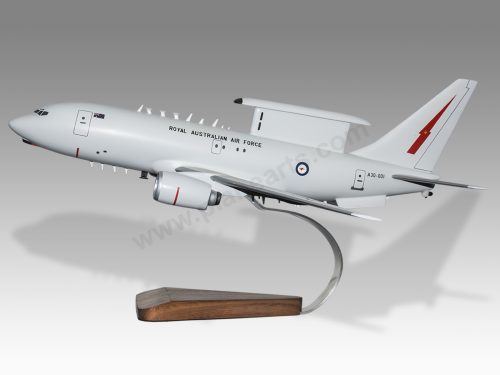
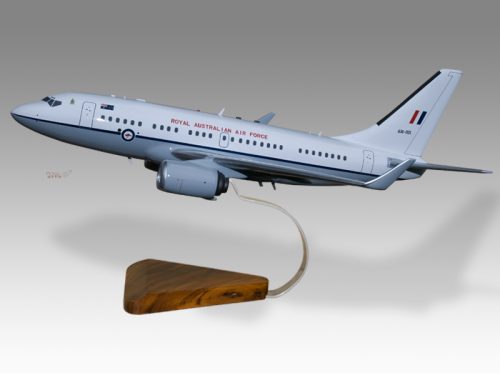

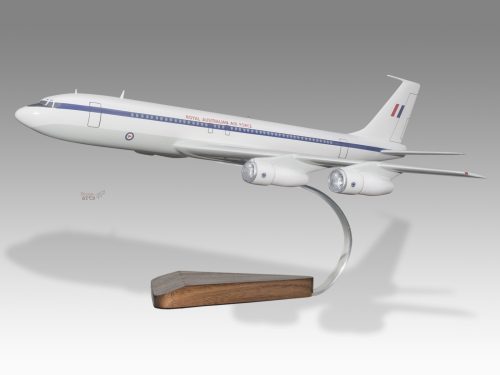
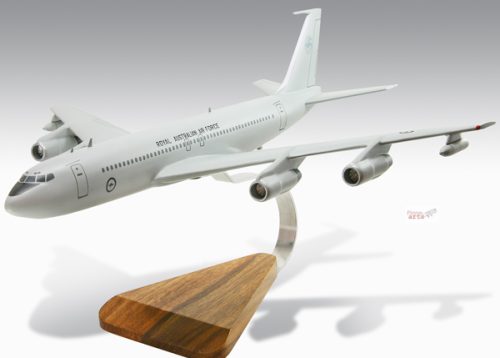

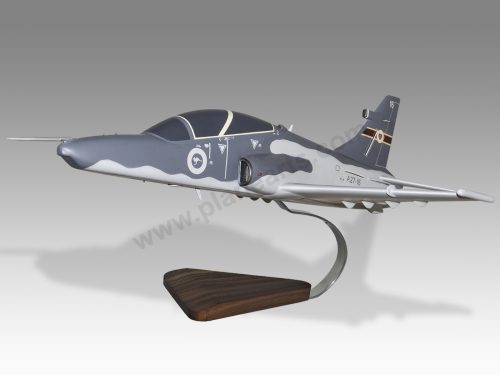
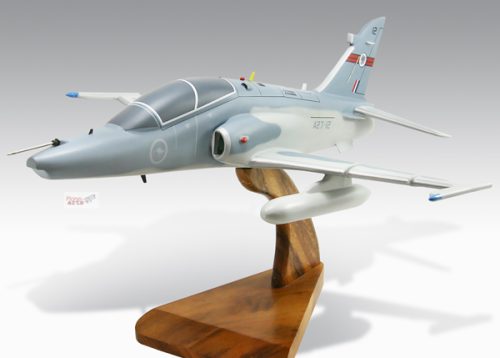
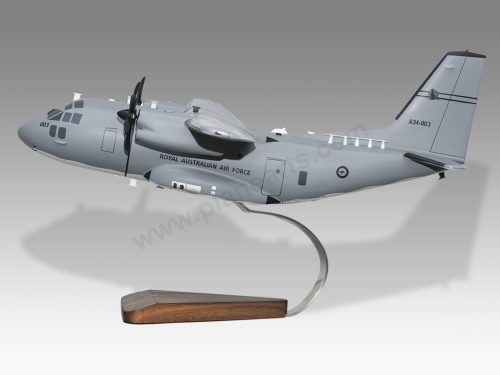

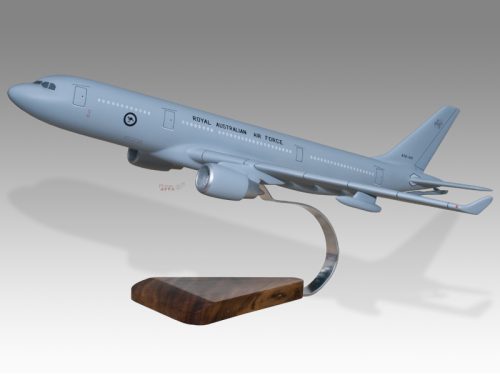
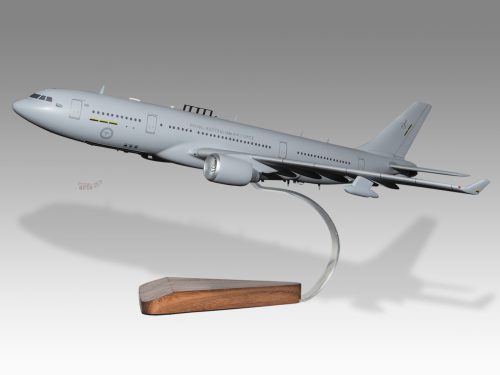
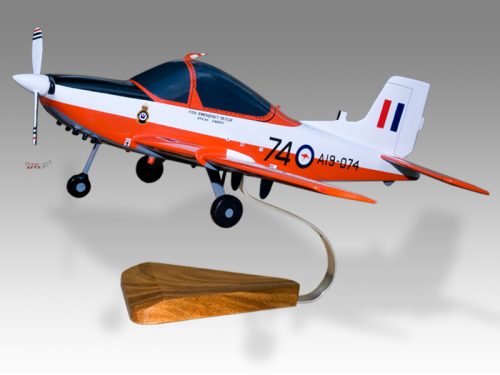

Reviews
There are no reviews yet.